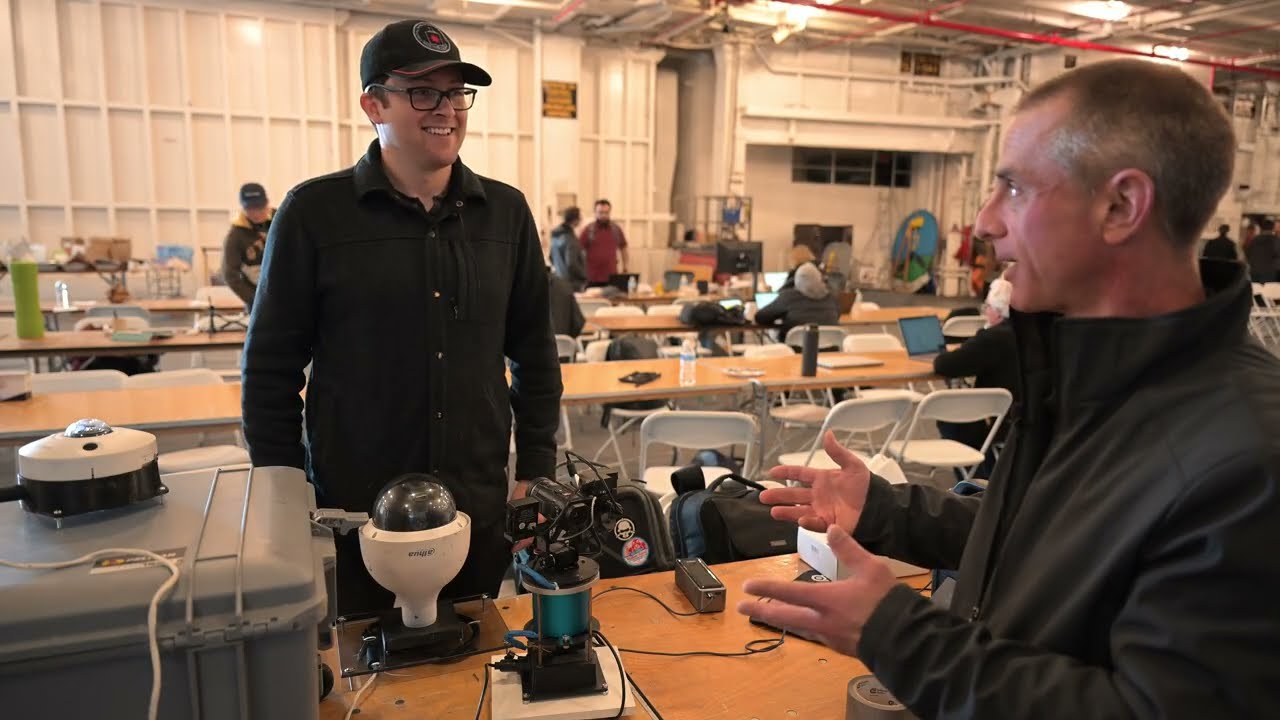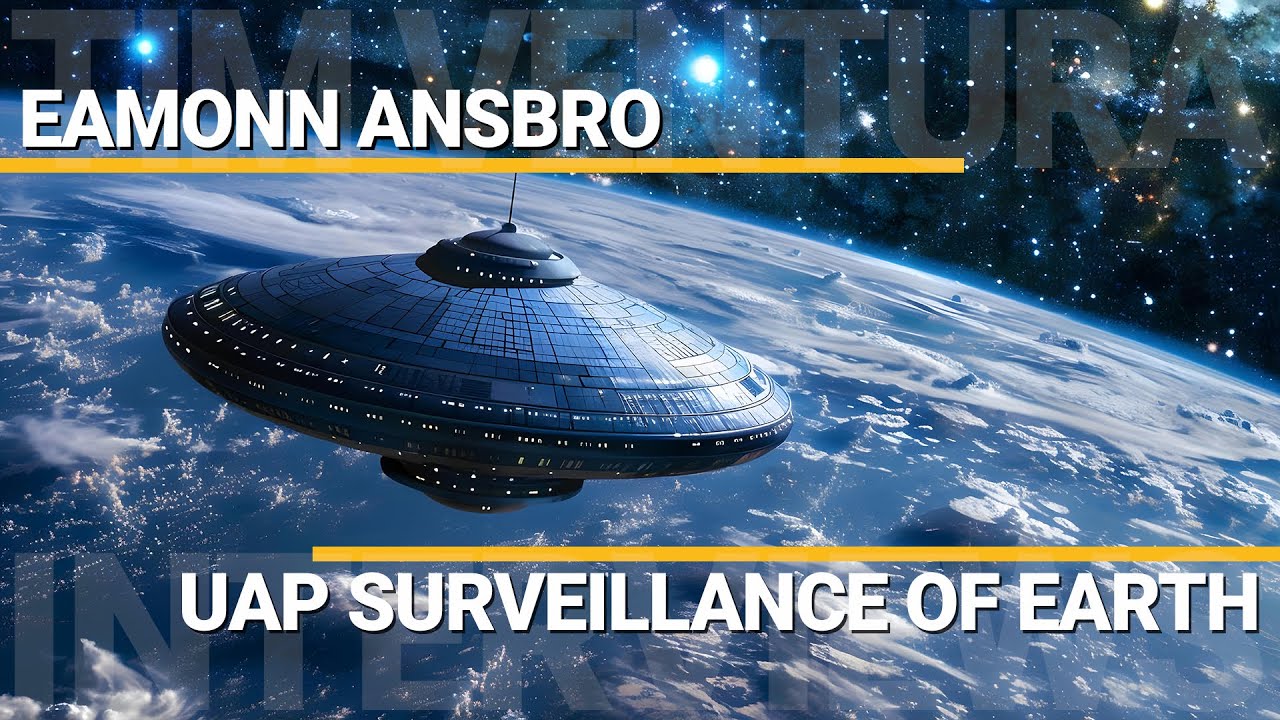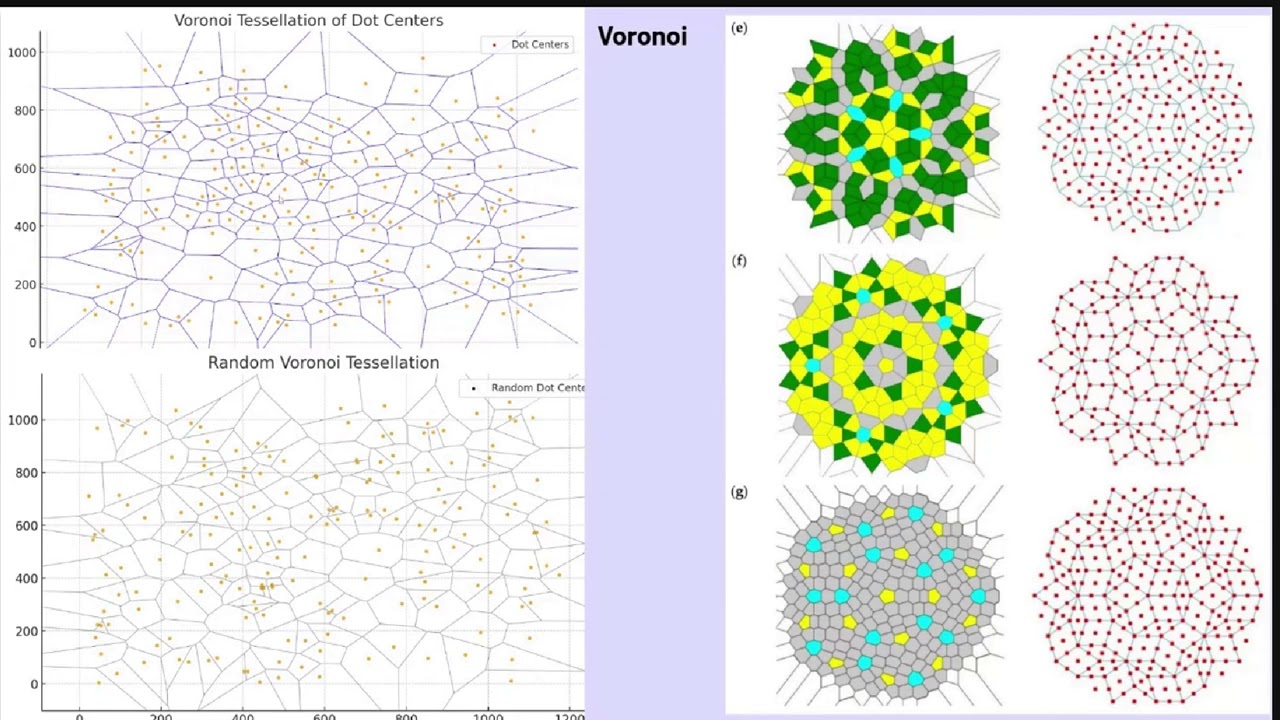SkyWatch UFO Radar
We’ve been tracking UFOs on radar since the ’50s – what have we learned? Mitch Randall discusses the history, technology & techniques involved with tracking UFOs on radar & shares his vision for the SkyWatch passive radar UFO tracking network.
Mitch Randall is the CEO of Ascendant AI and innovator behind the SkyWatch Passive Radar UAP tracking system, developed for for Unidentified Aerial Phenomena (UAP) detection. Mitch has Masters Degrees in both Electrical Engineering & Physics, and has a long history in scientific instrumentation and radar – dating back to 1984. His experience includes roles at the National Center for Atmospheric Research (NCAR), along with dozens of key inventions in radar technology widely used across industry. Skywatch was developed through the Galileo Project and hopes to detect UAP using reflected signals as an alternative to traditional radar technology.
Randall, a veteran in radar technology with a background in electrical engineering and physics, explains how Skywatch leverages existing electromagnetic signals (like FM radio) to detect UAP, bypassing the limitations and costs of traditional radar. The discussion highlights the advantages of passive radar, including regulatory ease, increased sensitivity, and affordability. The podcast contrasts passive radar’s capabilities with limitations of visual data and emphasizes the historical use of radar in UAP sightings, including notable events like the 2004 Nimitz incident. Randall advocates for a citizen science approach using a network of low-cost Skywatch receivers to create a comprehensive, publicly accessible radar map of anomalous aerial activity, potentially revolutionizing UAP research and contributing to a more informed public discourse on the topic. The need for funding to further develop and deploy Skywatch is a central theme.
The Power of Passive Radar: A Game Changer for UAP Detection
Traditional radar systems transmit and receive their own signals, a process that can be limited by regulatory hurdles and bandwidth restrictions. Passive radar, however, leverages existing electromagnetic signals – like those from FM radio and digital TV broadcasts – as its source. This ingenious approach offers several key advantages:
- •Regulatory Compliance: By not transmitting its own signals, passive radar avoids the complexities and limitations imposed by the FCC and other regulatory bodies.
- •Enhanced Sensitivity: Utilizing the powerful signals of existing transmitters significantly boosts the system’s sensitivity, allowing for the detection of smaller and more distant objects.
- •Accessibility and Affordability: The inherent simplicity of passive radar opens the door for smaller, more accessible research projects, even enabling citizen science initiatives.
Beyond the Visual: Why Radar is the Gold Standard for UAP Tracking
While videos and photographs offer compelling visual evidence, they are inherently limited by factors like range, weather conditions, and the potential for manipulation. Radar, on the other hand, provides precise positional data, velocity measurements, and a quantitative record of an object’s trajectory. This makes it a far more reliable tool for tracking UAP, especially when combined with other data sources like FLIR and visual observations.
The historical record supports this claim. Numerous UAP sightings throughout history, including the infamous 1952 Washington D.C. “invasion” and the 2004 Nimitz encounters, were accompanied by credible radar data. This underscores the importance of radar as a crucial tool in UAP investigation, a point often overlooked in the rush to analyze visual evidence.
Addressing the Skeptics: Debunking Common Misinterpretations
Skeptics often dismiss radar data by citing phenomena like temperature inversions and anomalous propagation. However, Randall and his colleagues highlight the importance of understanding radar’s quantitative nature and the potential for filtering out legitimate signals. The fact that filter adjustments, as seen in recent Chinese weather balloon detection efforts, can dramatically alter what is detected, raises serious questions about the potential for UAP to be inadvertently filtered out of radar data for decades.
Skywatch: A Citizen Science Initiative for UAP Detection
The Skywatch project aims to harness the power of passive radar through a distributed network of affordable receivers. The vision is to create a nationwide network, enabling real-time monitoring of UAP activity and providing a wealth of verifiable data. This approach not only addresses the limitations of single-source evidence but also empowers citizen scientists to contribute to a critical area of research. The low cost of the receivers (estimated under $500) makes this a truly accessible and impactful initiative.
The Future of Skywatch: A Call to Action
Skywatch is more than just a technological innovation; it represents a new form of scientific activism. It’s a project driven by a passion for truth and a commitment to uncovering the mysteries surrounding UAP. The success of Skywatch hinges on securing funding to continue development and outreach. This is a call to action for anyone interested in contributing to a groundbreaking effort that could finally shed light on one of the most enduring mysteries of our time. The future of UAP research, and perhaps even our understanding of the universe, may well depend on it.
Register For UFORev
Want to see more great UFO Reverse Engineering stories? Sign up for our mailing list to get exclusive access to captivating presentations, engaging events, and more!
RECENT POSTS
UAP Detection & Tracking
April 22, 2025
Detecting UFO Warp Drive Signatures
April 12, 2025
UAP Surveillance of Earth
February 14, 2025
UAP Data Analysis On 80,000 Sightings
May 29, 2023
Art’s Parts Sample May Contain Quasicrystals
April 7, 2025





